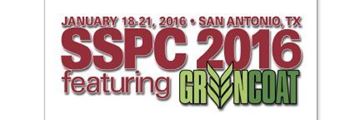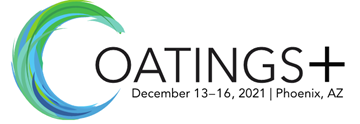Feathering is the process of tapering or blending-in an existing intact coating in preparation of applying a new repair coating. This industry common practice is intended to ensure good adhesion of the repair coating to the legacy coating, and to provide a seamless aesthetic transition for areas where maintenance painting is performed. There are no industry standard requirements for performing feathering, resulting in most specifications having their own unique definition.
Product Number:
51219-181-SG
Author:
Patrick Cassidy, Michael Kibler
Publication Date:
2019
$0.00
$20.00
$20.00
Feathering is the process of tapering or blending-in an existing intact coating in preparation of applying a new repair coating. This industry common practice is intended to ensure good adhesion of the repair coating to the legacy coating, and to provide a seamless aesthetic transition for areas where maintenance painting is performed. There are no industry standard requirements for performing feathering, resulting in most specifications having their own unique definition. The U.S. Navy definition for feathering states that intact coating should be feathered to a thirty-degree angle. This definition has caused confusion for both contractors and inspectors performing maintenance work on Navy vessels, leading to extensive rework. Based on comments from waterfront personnel, the U.S. Naval Research Laboratory (NRL) sought to clarify the definition and best practice for performing feathering. While performing the literature review, feedback from industry suggested that feathering may not be a necessary step at all in the coating repair process, and in fact may be deleterious to repair coating performance. NRL designed a test plan to test this hypothesis, which included laboratory testing, an industrial demonstration on a mock ballast tank, and a shipboard demonstration. Multiple repair coatings were tested over various surface preparations (e.g., power tools and spot abrasive blasting) in which feathering was either performed or not performed. The results were consistent across all testing that feathering of the intact legacy coating did not affect the performance of the repair coating. It was also determined during testing through collection of production metrics that feathering added as much as twenty percent to the labor cost of the job. From the testing results, NRL drafted new specification language for the Navy that stipulates feathering shall only be performed in areas where aesthetic appearance of the repair coating system is important. The specification language was also updated to clarify that when aesthetic appearance of the repair coating is important, intact legacy coatings are to be feathered back via a one-to-two-inch width border around the periphery of the bare substrate. These specification changes have two benefits: (1) save the Navy up to twenty percent on labor cost when performing repair work where feathering is no longer needed (e.g., tanks, voids, machinery spaces), (2) provide cost savings by reducing rework when performing maintenance painting in areas that still require feathering (e.g., underwater hull, topside, freeboard).




